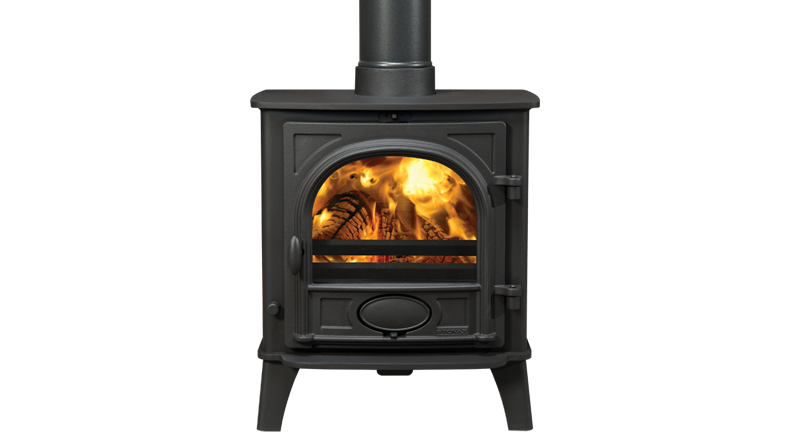Hello,
I live in the Northwest Territories, where we will have at least 10 days colder than -40C (-40F), and probably 60 days under -28C (-18F). Add to that that we just bought our first home here, and it is 2700 sqft. We currently burn oil, which is a massive drag financially (1700 bucks for the first tank refill - 6 weeks of use). for reference, the old owner burnt 7000L of oil in 2022. That's about $13,000 per year, at recent oil prices.
I am looking at getting a wood stove to supplement costs, as wood is cheap/free here. We are going to keep the oil as it warms our hot water (will eventually switch to propane when it's time to change the tank), but hopefully mainly use the wood stove and circulate the air via central air, which intakes from the to-be wood stove family room, and the furnace room in the basement. I have experience with 1 wood stove in the past, and 1 pellet stove extensively, which was often problematic and too complicated to bother with. The wood stove I had was the Jotul F3CB, and the wood stove I want now is this Stovax Stockton:

 www.stovax.com
www.stovax.com
My questions are:
1) How do I prevent over firing a stove?
2) How do I prevent large temperature shifts in the house (for example, if I load the stove at night, I would think it'd be cold by morning?)
3) Anyone with small kids: will a metal baby gate surrounding the stove be enough, get too hot, etc? We have a 5 month and a 2.5 year old. Probably more on the way too.
Any other thoughts you have would be welcome.
Thank you all for your wisdom. Working on building mine.
I live in the Northwest Territories, where we will have at least 10 days colder than -40C (-40F), and probably 60 days under -28C (-18F). Add to that that we just bought our first home here, and it is 2700 sqft. We currently burn oil, which is a massive drag financially (1700 bucks for the first tank refill - 6 weeks of use). for reference, the old owner burnt 7000L of oil in 2022. That's about $13,000 per year, at recent oil prices.
I am looking at getting a wood stove to supplement costs, as wood is cheap/free here. We are going to keep the oil as it warms our hot water (will eventually switch to propane when it's time to change the tank), but hopefully mainly use the wood stove and circulate the air via central air, which intakes from the to-be wood stove family room, and the furnace room in the basement. I have experience with 1 wood stove in the past, and 1 pellet stove extensively, which was often problematic and too complicated to bother with. The wood stove I had was the Jotul F3CB, and the wood stove I want now is this Stovax Stockton:

Stovax Stockton 5 Wood Burning & Multi-fuel Stoves
The Stovax Stockton 5 Ecodesign Plus stove offers you a mid-sized stove that is larger than the Stockton 3 or Stockton 4, and is available as either a
My questions are:
1) How do I prevent over firing a stove?
2) How do I prevent large temperature shifts in the house (for example, if I load the stove at night, I would think it'd be cold by morning?)
3) Anyone with small kids: will a metal baby gate surrounding the stove be enough, get too hot, etc? We have a 5 month and a 2.5 year old. Probably more on the way too.
Any other thoughts you have would be welcome.
Thank you all for your wisdom. Working on building mine.

